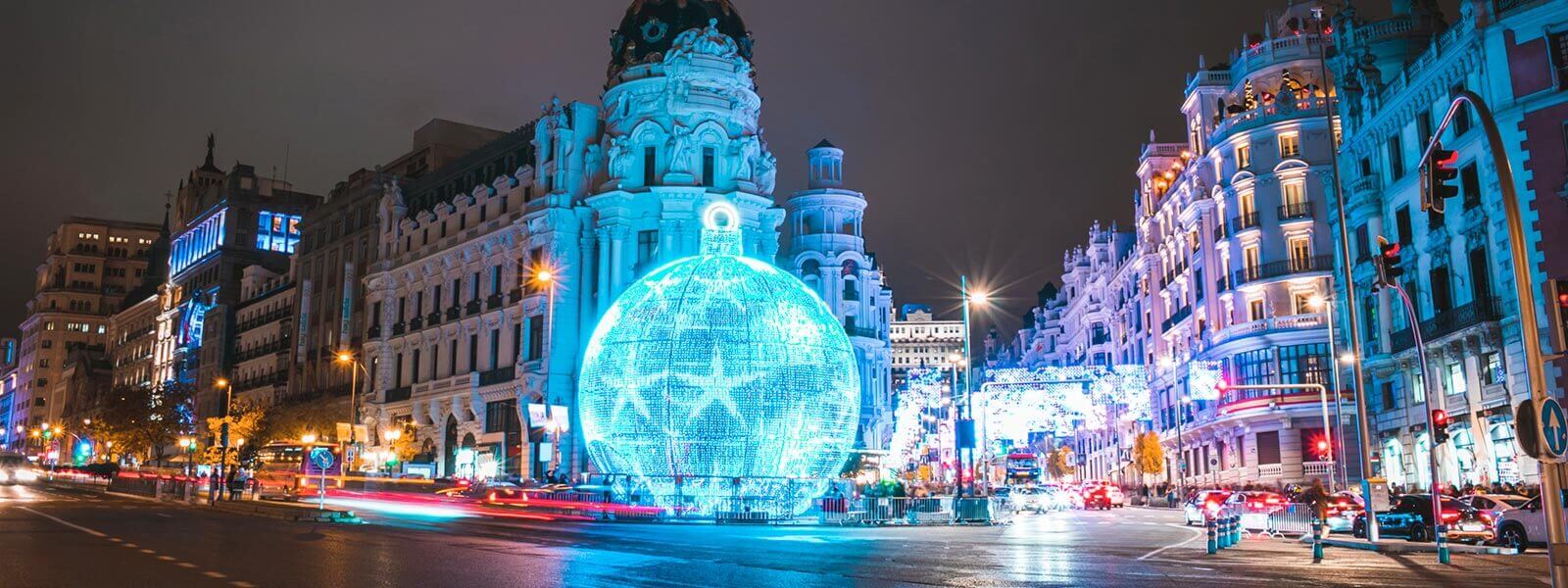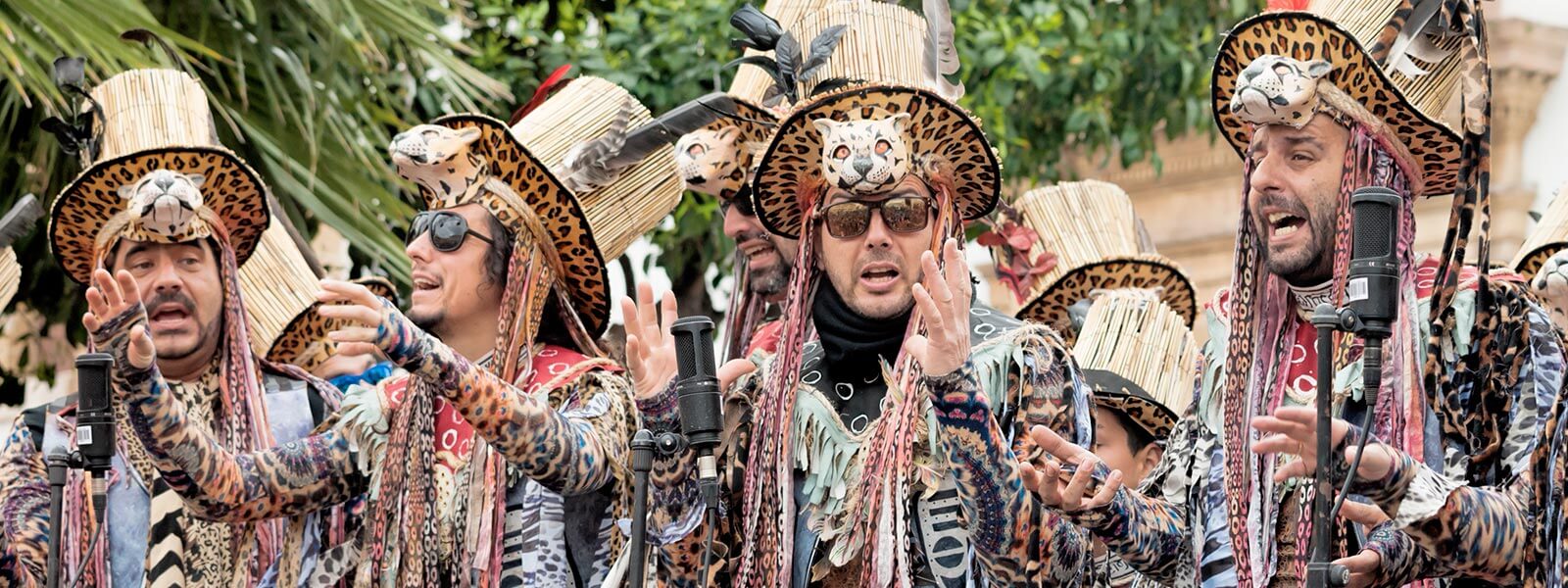
This year from the 16th to the 26th of February Cadiz will dress itself up once again. The carnival begins and the residents are ready to enjoy themselves in a satirical mood. This year, due to the crisis, it will be done like never before, and given that the Cadiz carnival is a somewhat of a national treasure, the bar has been set very high for them.
However, what was the best edition of the Cadiz carnival? The truth is, we don’t have a clue, as we don’t know for a fact how far the carnival dates back to. It is not out of the question that the carnival evolved from the Roman Bacchanals (celebrations dedicated to the god Baco) as Cadiz is one of the oldest cities in Spain, as well as in all of Europe.
It is speculated that the Cadiz carnival as we know it was born in the 15th century. During this century the carnival was heavily influenced by the Genovese traders that settled in the city whilst they were looking for an ideal place to form part of a trade route from Africa to Europe. People who were homesick for their places of birth (they were not overly attracted by the riches available back home) introduced masks, confetti and sweet dishes to the carnival.
In the 16th century the carnival was transformed into a somewhat subversive festival: the recently appointed King Carlos V had forbidden the use of masks in 1523. However, the authorities in Cadiz (and the rich Genoese) did what they could to try and get them to be allowed. Also from this century are the first documented recordings of the celebrations: the historian Agustin of Horozco tells how during these parties, the women of Cadiz would have make floral arrangements and throw them to their neighbours; the Synod Constitution of 1591 and the Seminary Statute of Cadiz in 1596 also talked about these parties, although there is no celebration in the mentioning of them, with the readings indicating that religious people and priests should not participate in the carnivalin the same way as the laymen.
A kinder reference comes from the 17th century, from a general called Menos, who complained by letter that the fisherman of Cadiz refused to repair his ship as they were taking place in “Shrovetide” dates.
Ironically the historical story of carnival was discovered through documents based on its prohibition. In 1716 the Crown failed to put an end to the masquerade ball; in 1776 the authorities were thinking of abolishing the festivity due to the ‘excesses’ committed by various masked people in the convents of Santa María and Our Lady of the Candelaria, but finally they were able to continue celebrating. Even after the War of Independence King Fernando VII tried put a stop to the custom, but his efforts were in vain.
And now that we have mentioned the War of Independence…what happened to the carnival during the siege of the city by French troops? Not even these tense times held the people of Cadiz back; they used the situation to their advantage and converted masquerade balls, proclamations and songs into a reaffirmation of their spirit of resistance.
Similarly this also happened during the Civil War from 1936 until 1939: despite being prohibited by the military authorities, veterans of the ‘fiesta’ (perhaps descendants of those stubborn aforementioned Genoese people) celebrated illegally until they could return to the streets, in 1948. The complete post-war return of the carnival was partly due to a tragedy: the explosion of a powder keg that belonged to the Armada which devastated the Bay of Cadiz and caused around 150 deaths, injured 5,000 people and destroyed 2,000 buildings. In order to compensate the sadness of the city’s inhabitants, they restored masquerade balls and carnival parties in the street.
And so, year after year and without interruption to the present day, this party that we remember despite all of its disgraces, all of the injustices and all the tyrannies continue to survive and the joy of the human race lives on.
-
 Christmas decorations in Spain How are Christmas decorations in Spain? Look at this post and know the curiosities of Spanish houses and their traditions
Christmas decorations in Spain How are Christmas decorations in Spain? Look at this post and know the curiosities of Spanish houses and their traditions -
 How to construct a ‘falla’ Valencia celebrates its most popular party in style, that of ‘Las Fallas’. It is a celebration based on fire and fireworks. Discover this party
How to construct a ‘falla’ Valencia celebrates its most popular party in style, that of ‘Las Fallas’. It is a celebration based on fire and fireworks. Discover this party -
La Tomatina A new tradition in Spain: the greatest and funniest food battle in the world. There is in Buñol, Valencia


